The Japanese Macaque (Nihon-zaru), colloquially known as the “snow monkey,” holds a unique place in nature. In the hot springs region of Yudanaka, Japan, these monkeys have adapted to extreme cold and are highly sought by photographers as they bathe in the natural hot springs.
Today, I travelled almost 1000 km, to and back to experience the ecology, and record the conservation efforts surrounding the snow monkeys of Yudanaka. Half a day is certainly not enough to do a thorough research but I did end up with quite a bit of first-hand information in that limited amount of time.
I have done some really tough day trips from Nara, and this is going to be right there among the top. Yudanaka is really far far away. Apart from changing three trains at Nara, Kyoto, and then Nagano stations, I also had to catch a short bus ride and then walk about 2 km to reach my destination in Jigokudani (地獄谷).
It was going to be challenging so it had to be an early start in the morning from Nara. I woke up at dawn, walked down to Nara Station, and caught the 6:30 a.m. train to Kyoto. Because I was holding a JR Pass, I didn’t have to spend any time at the ticket counters. I reached Kyoto at around 7 a.m. and from there caught the 7:29 a.m. Thunderbird to Kanazawa.
The train was almost empty and I was able to obtain a window seat, facing east. One of the most beautiful aspects of the train line from Kyoto to Kanazawa is that you can enjoy beautiful views of Lake Biwa and the lovely Shiga countryside. In early February, most parts of Shiga still lie in the embrace of fresh layers of snow, making it a serene and enchanting winter wonderland. The landscape, which is lush and green in Summer, transforms into a pristine white canvas, where every tree, house, and field is adorned with a delicate frosting of snowflakes.
One of the most iconic views of Lake Biwa is of the Torii at Shirahige Jinja.
As the train sped along the Shiga countryside and entered the mountains, the white plains gave way to trees blanketed in snow creating a breathtaking tableau of winter’s magic. Each branch, bough, and leaf was gracefully cloaked in a pristine, glistening white coat, transforming the ordinary into the extraordinary.
I reached Naganao at around 11 a.m. After grabbing a bite at the Starbucks counter inside Nagano station, I caught the local train to Yudanaka on the Nagano Dentetsu Line. The Nagano Dentetsu Line, also known as Nagaden (長電), is a charming and scenic railway that traverses the picturesque landscapes of Nagano Prefecture, Japan. This rail route meanders through the heart of the Japanese Alps, offering passengers breathtaking views of snow-capped mountains and quaint villages covered in mounds of snow.
Please note that the Nagano Dentetsu Line is NOT covered by the JR Pass. You can buy the ticket for Yudanaka at the Nagano Station ticket counter.
The train from Nagano to Yudanaka takes about 45 minutes. This line also serves as a link for tourists going to the town of Obuse, the hot springs at Yudanaka, and the ski resorts at Shiga Kōgen. It connects various attractions, including the renowned hot spring town of Yudanaka, and the tranquil Lake Nojiri, making it a delightful way to explore the hidden gems of Nagano while enjoying the soothing rhythm of the train’s passage through this scenic wonderland.
Part of the wider Yamanouchi area, the historic town of Yudanaka is home to numerous hot spring guesthouses and public baths. The water is said to hold powerful healing properties and specific medicinal benefits. As such, the Japanese have been coming to the towns for centuries, including injured samurai during warring periods to recuperate and relax in the ancient waters.
Again from Yudanaka Station, I had to catch a bus. I reached the Jigokudani Monkey Park entrance at 2 p.m. From the entrance gate where the bus dropped me off, there is again a 20-30 minute hike in the snow to the hot springs. The park was developed as a conservation and tourism initiative by the local authorities and community in the Yamanouchi area of Nagano Prefecture, Japan. The park’s establishment was primarily driven by the need to protect and preserve the Japanese macaques, commonly known as snow monkeys, and their natural habitat. The idea was to create a space where visitors could observe and learn about these monkeys while contributing to their conservation efforts.
Snow monkey
The Jigokudani Monkey Park (Jigokudani Yaenkōen) is home to 200+ snow monkeys. The Japanese Macaque, or snow monkey, is a species of Old World monkey native to Japan. There are approximately 180 monkey species distributed worldwide, including gorillas, chimpanzees, orangutans, baboons, and squirrels, among others. The majority of these species reside in regions spanning Africa and Southeast Asia, encompassing both tropical and subtropical zones. In contrast, the Japanese Macaque stands out as the world’s northernmost non-human wild primate.
Among its various populations, the monkeys inhabiting the Yudanaka region have gained international attention for their behavior of bathing in natural hot springs during the winter months. The Yudanaka region is characterized by its cold, snowy winters, and steep terrain. The snow monkeys primarily inhabit coniferous and broadleaf forests at elevations ranging from 500 to 2,500 meters above sea level.
Snow monkeys are omnivorous, consuming a wide range of food, including leaves, fruits, insects, and small vertebrates. During the harsh winters, they rely heavily on bark, buds, and the occasional scavenged human food.
The path can be slippery, so please wear proper footwear, especially if you are coming in winter.
Several steam vents can be found in the area. These vents are natural geological features that release steam or hot gases into the atmosphere. These vents are often found in proximity to hot springs, geysers, or other geothermal areas and are a result of underground volcanic activity and the circulation of groundwater. They are fun to watch as they frolic in the onsen, and chase each other.
These macaques have developed several adaptations to survive in frigid conditions, such as thick fur, a fat layer for insulation, and specialized behaviors like huddling and the use of hot springs for thermoregulation.
Unlike a Zoo experience, you can find the monkeys sitting in groups or enjoying a lazy afternoon freely in the open.
Do not touch or yell on the monkeys especially baby monkeys. Adult monkeys might fear for their safety and attack you.
These monkeys face extreme cold environments, enduring temperatures as low as ten degrees below freezing. This is why they have come to be commonly referred to as “Snow Monkeys.”
Dress warmly because at an altitude of 850 meters, the temperatures during winter can be very cold.
The colors of the coats of these monkeys can vary among shades from light bistre to dark bistre. Average body weights for males are between 12kg-15kg, for females are between 8kg-13kg.
The numbers of their teeth are the same as human, start with 20 baby teeth and then change to 32 permanent teeth.
Various types of food and feeding methods are employed at the facility, depending on the available resources. The staff provides the monkeys with choices like barley with chaff, soybeans, or apples, which are selected based on factors such as weather and season. For example, barley and soybeans offer higher nutritional value compared to the monkeys’ usual diet of grass, tree leaves, and flowers. During the autumn season, the monkeys have access to natural treats like grapes and chestnuts in the nearby mountains. On such occasions, apples are sometimes included in their diet. However, the monkeys are highly attracted to human food, so the staff diligently manages their nutrition to prevent overconsumption and potential ecological disruptions.
Tourists feeding the monkeys is strictly prohibited. Do not show or give them any food.
Do not stare monkeys’ eyes closely. Staring and opening one’s mouth to them mean hostile.
The snow monkeys of Yudanaka are a captivating example of how wildlife can adapt to extreme environmental conditions. Their unique behavior of bathing in hot springs has made them famous worldwide. However, they also face significant conservation challenges due to human activities and climate change. By studying and understanding their behavior, ecology, and conservation needs, we can work toward ensuring the continued survival and well-being of these remarkable creatures, enriching both our scientific knowledge and our appreciation for the natural world.
Check the webcam. There’s a webcam at the park that gives you a live view of what’s happening at the onsen. If you take a look and you don’t see any monkeys, it probably won’t be worth making the trek.
Thanks for reading!
8:30 a.m. to 5 p.m.
Wheelchairs and carts are not accessible in either approach due to unpaved roads, uneven surfaces and steps.
Disclaimer: The information presented in this article is based on the time I visited the premises. Note that there might be changes in the prices of merchandise and admission fees that might have occurred after this article was published. At times the facility might also be closed for repairs or for variety of other reasons. Kindly contact the facility or facilities mentioned in this article directly before visiting.
Usage of this site indicates acceptance of my Terms and Conditions.
Credits: The historical information presented herein is gathered mostly from local guides that were re-inforced via historical writings.
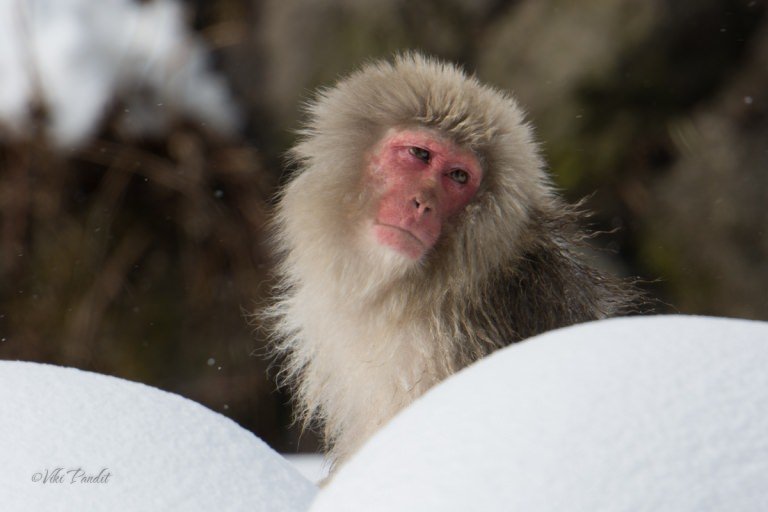
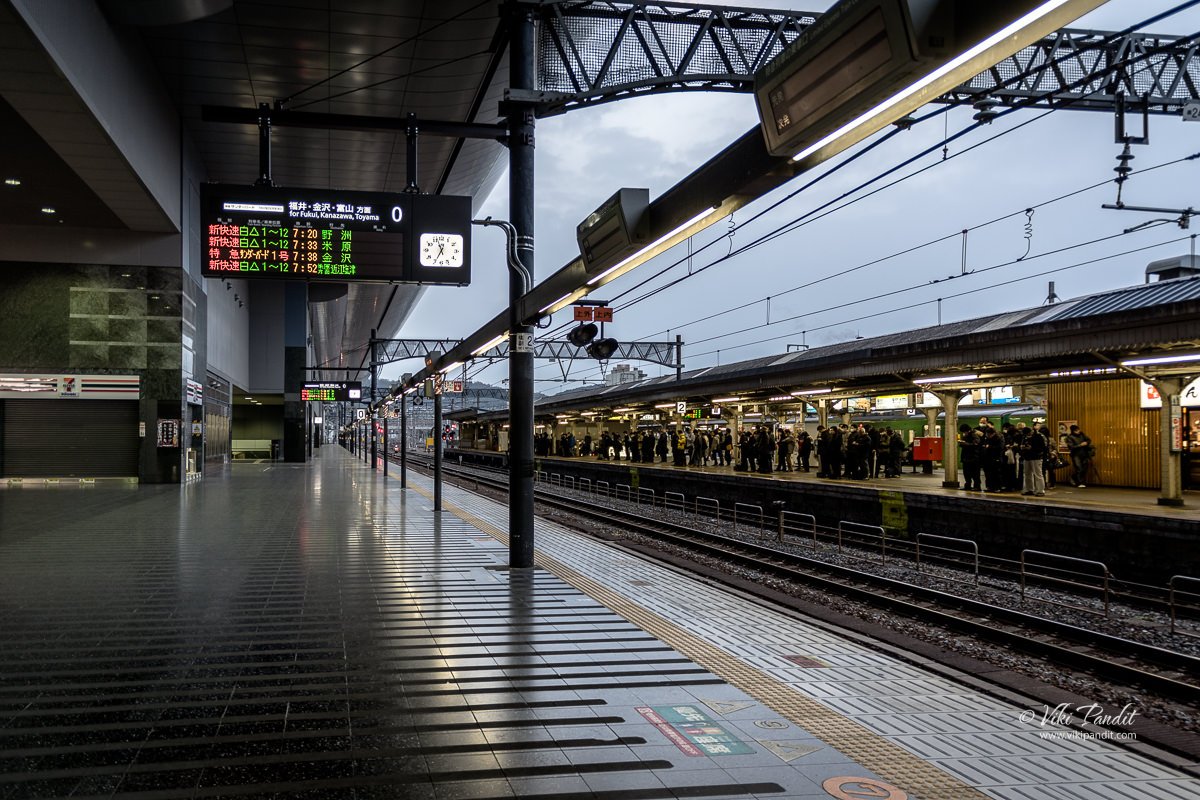
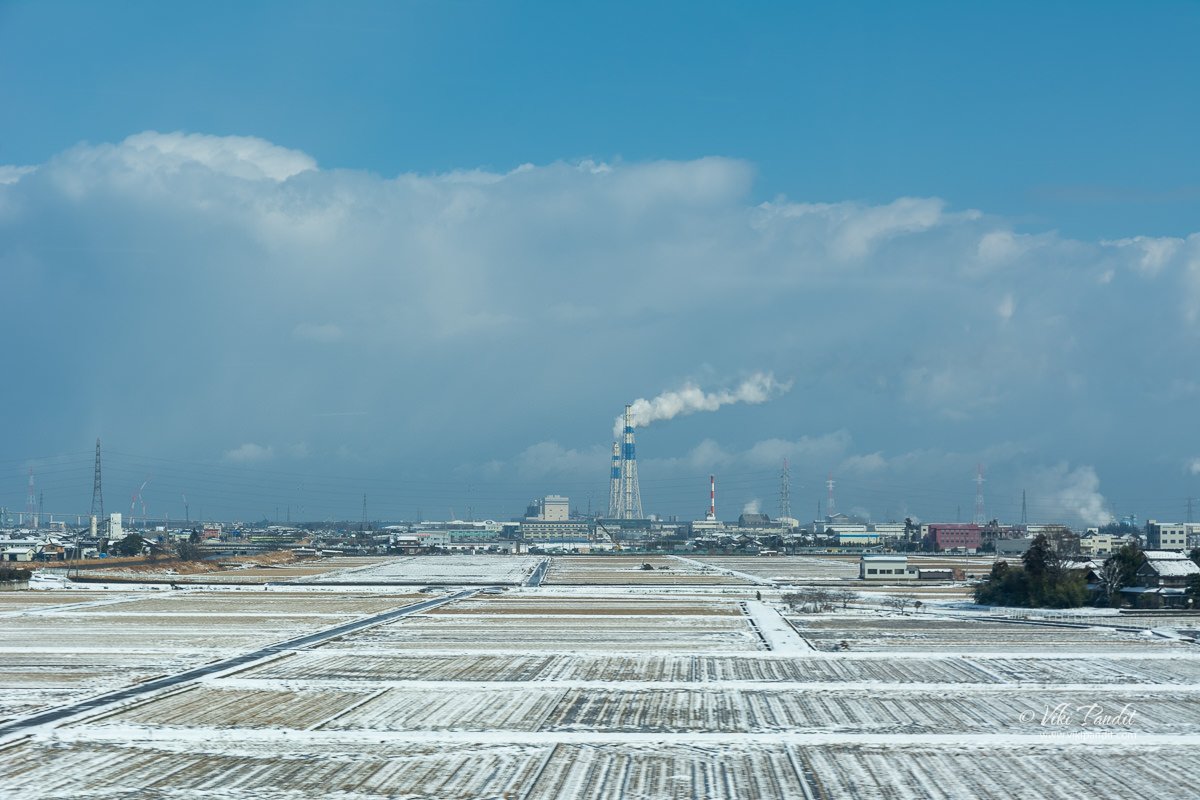


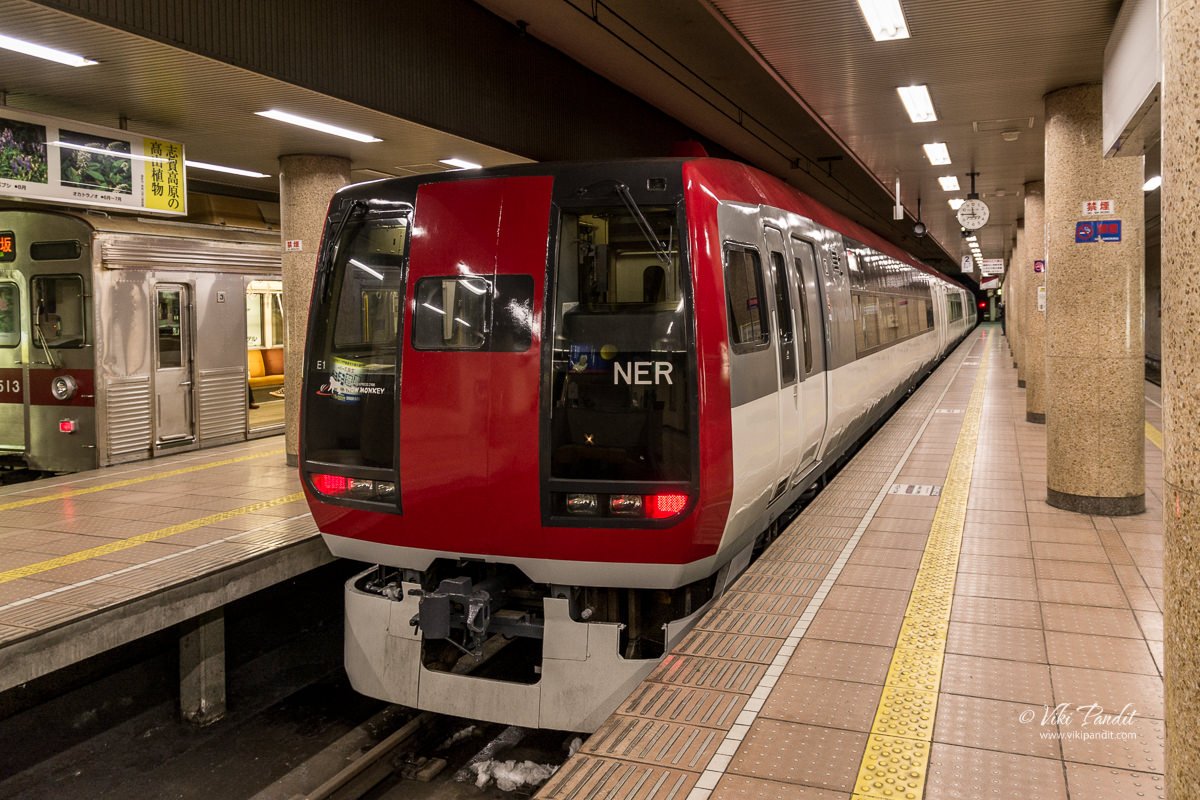
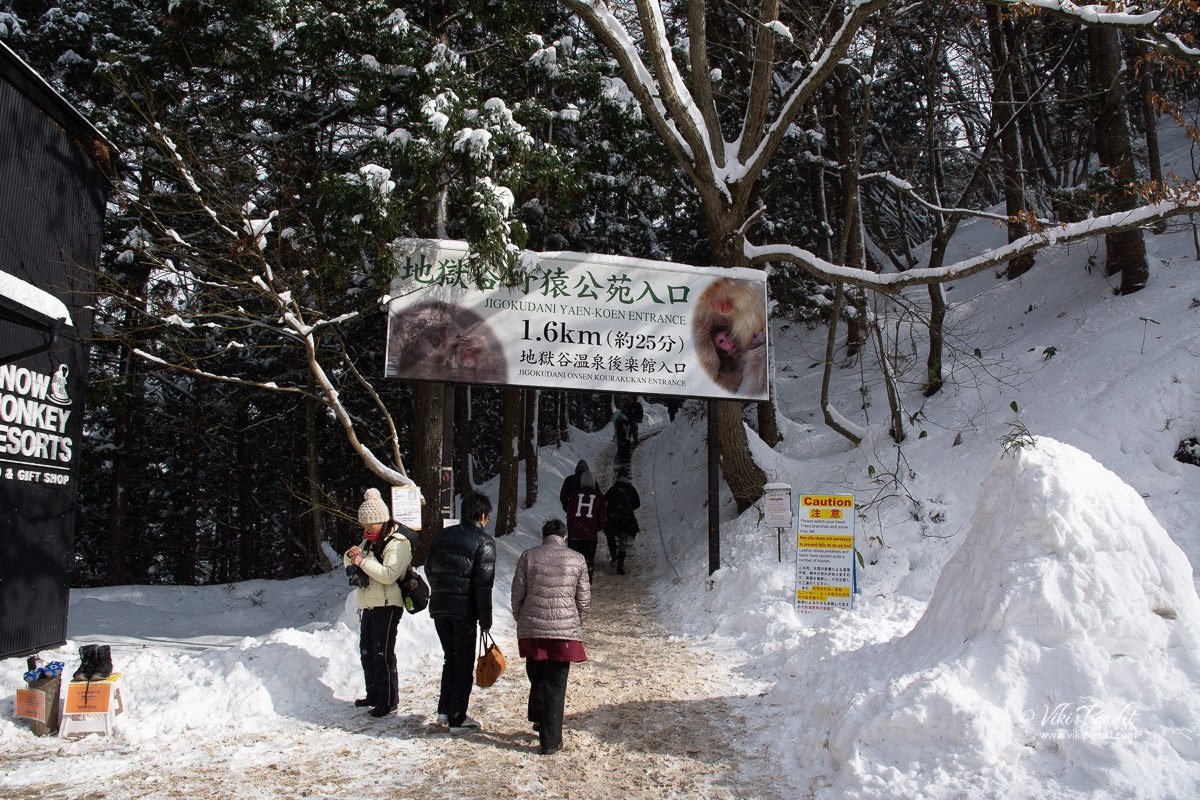
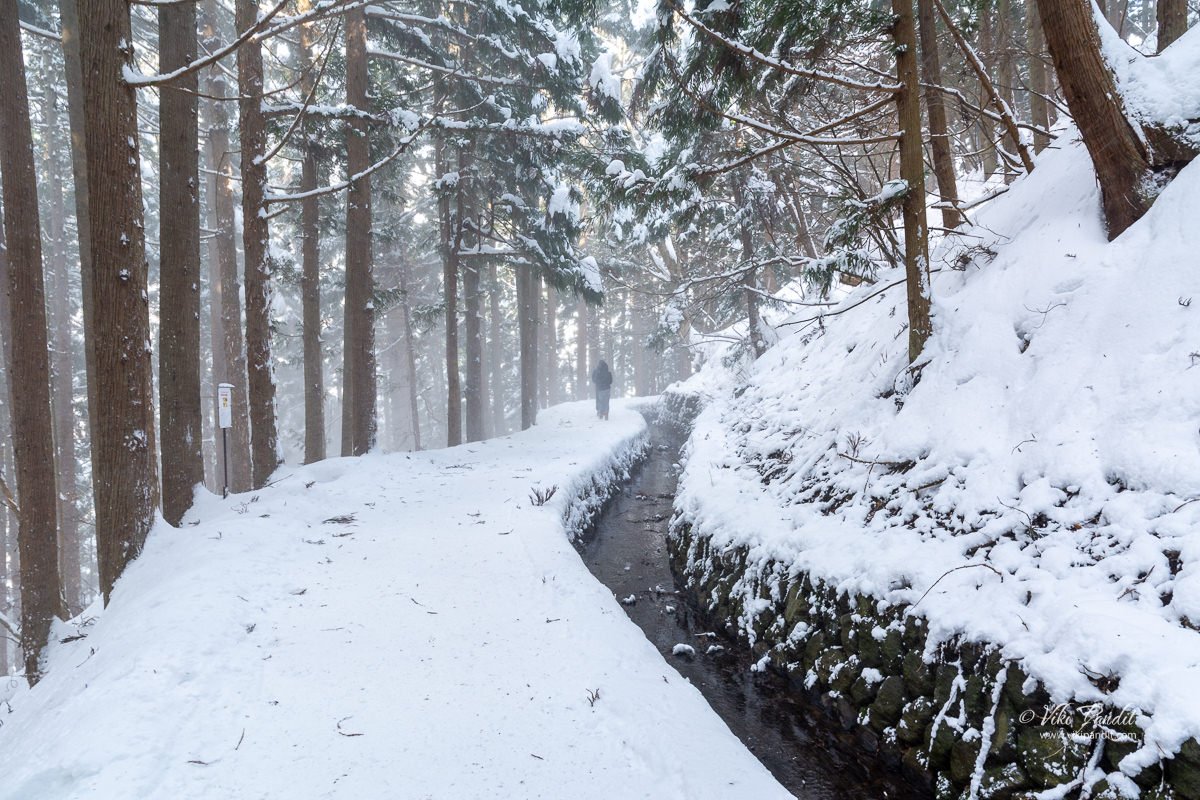
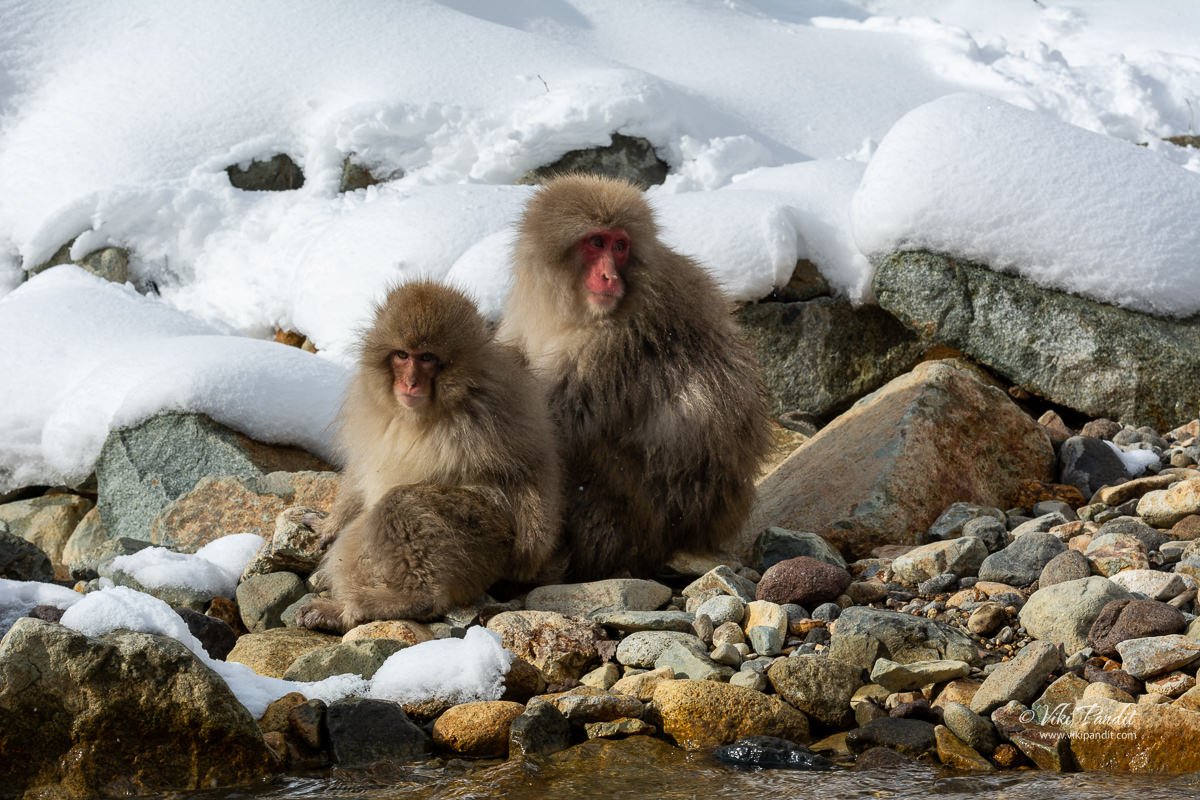
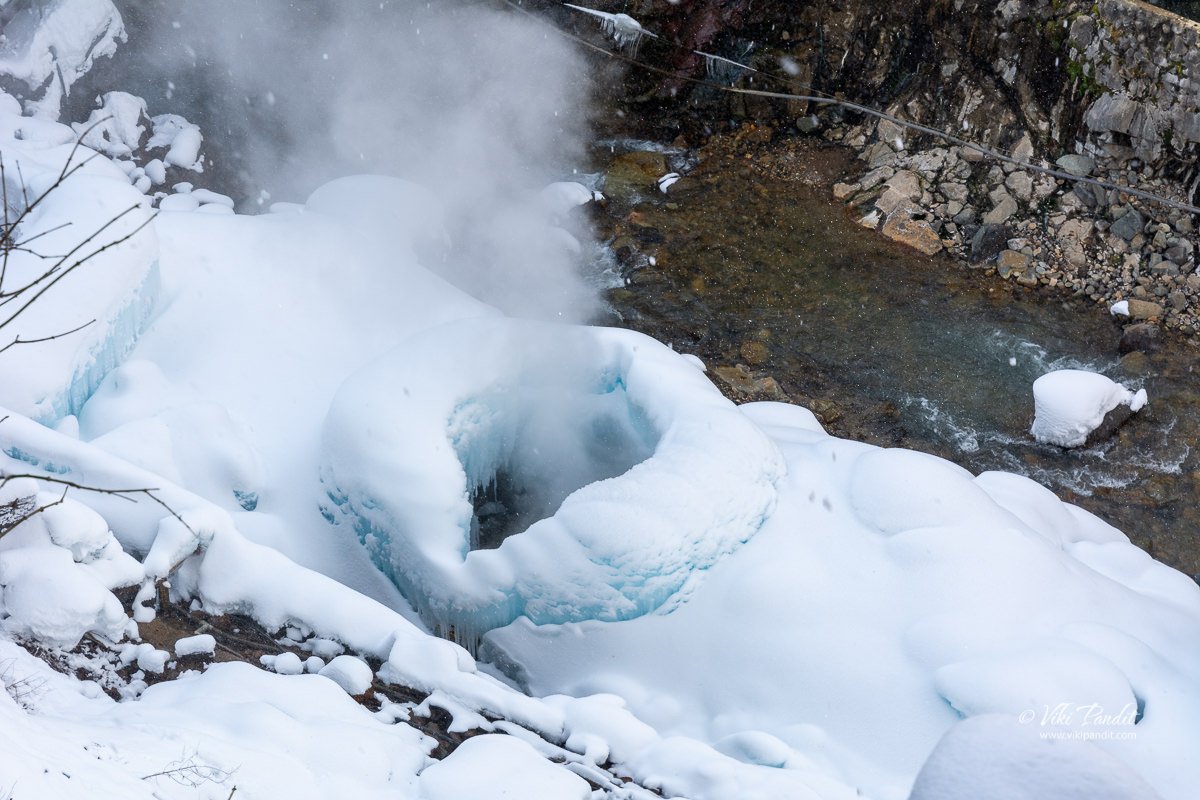


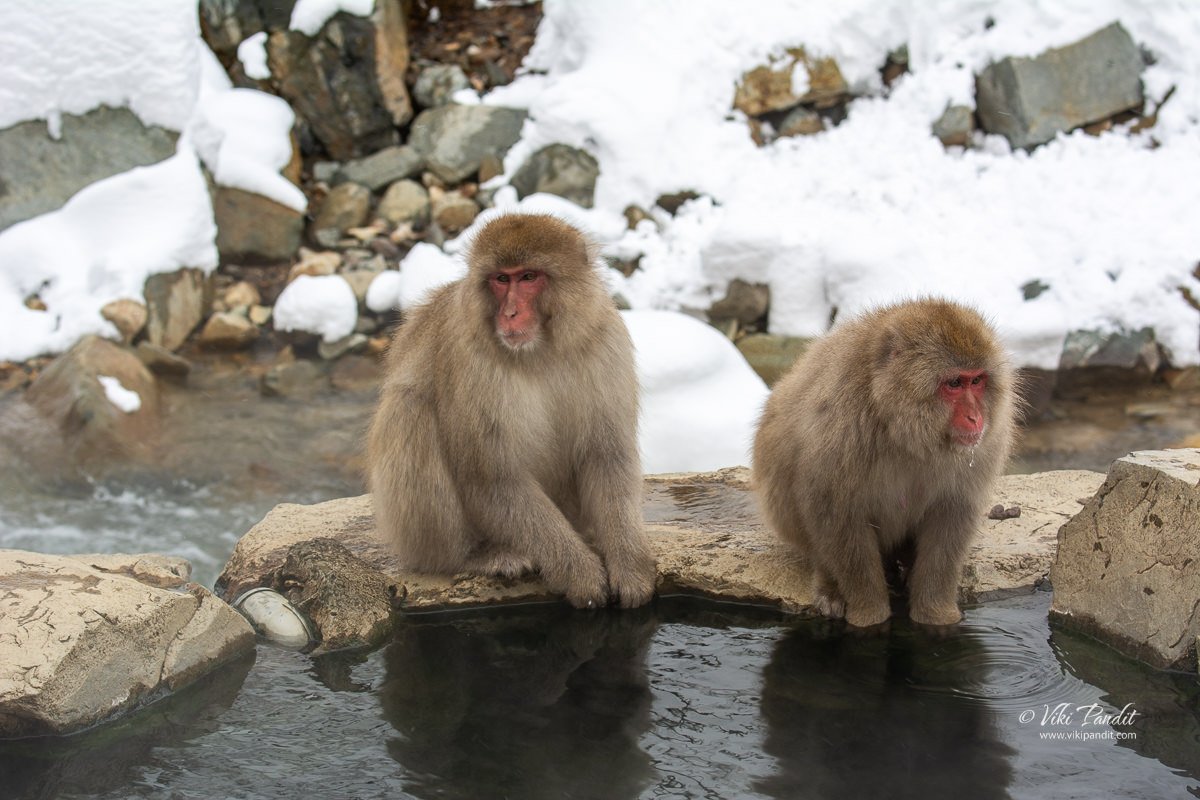
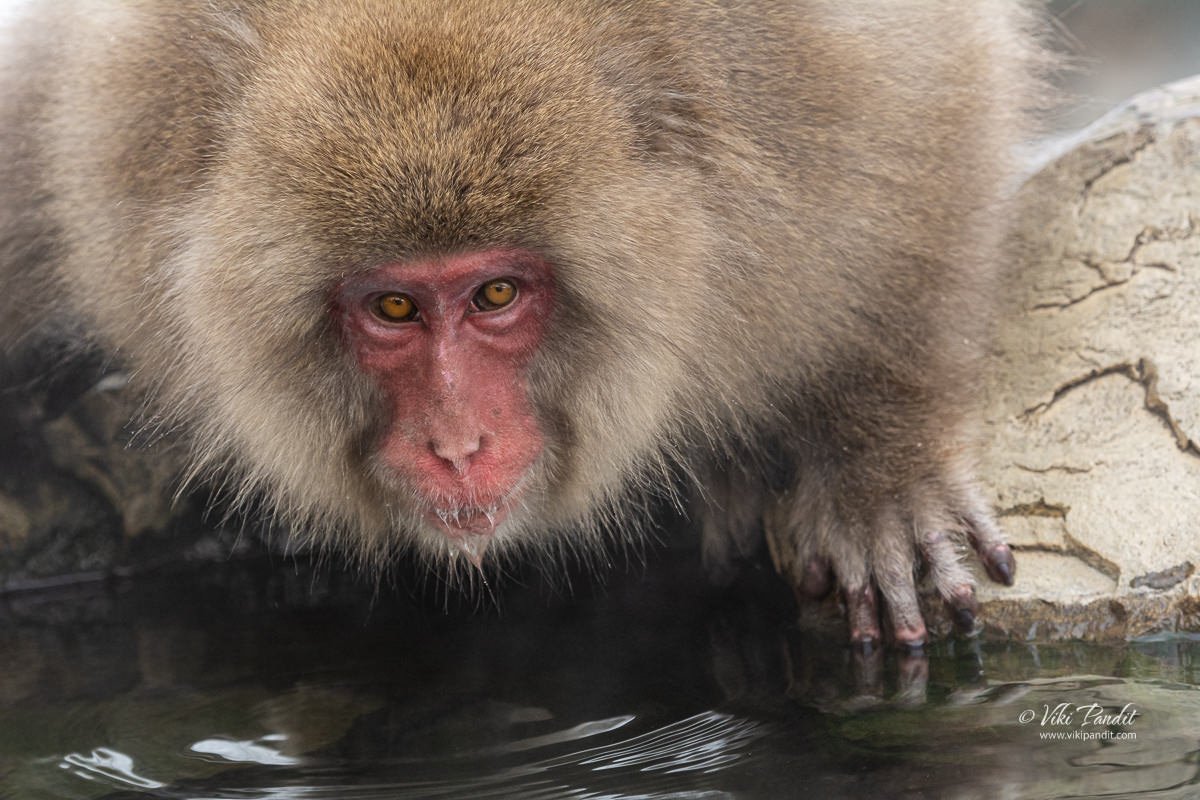
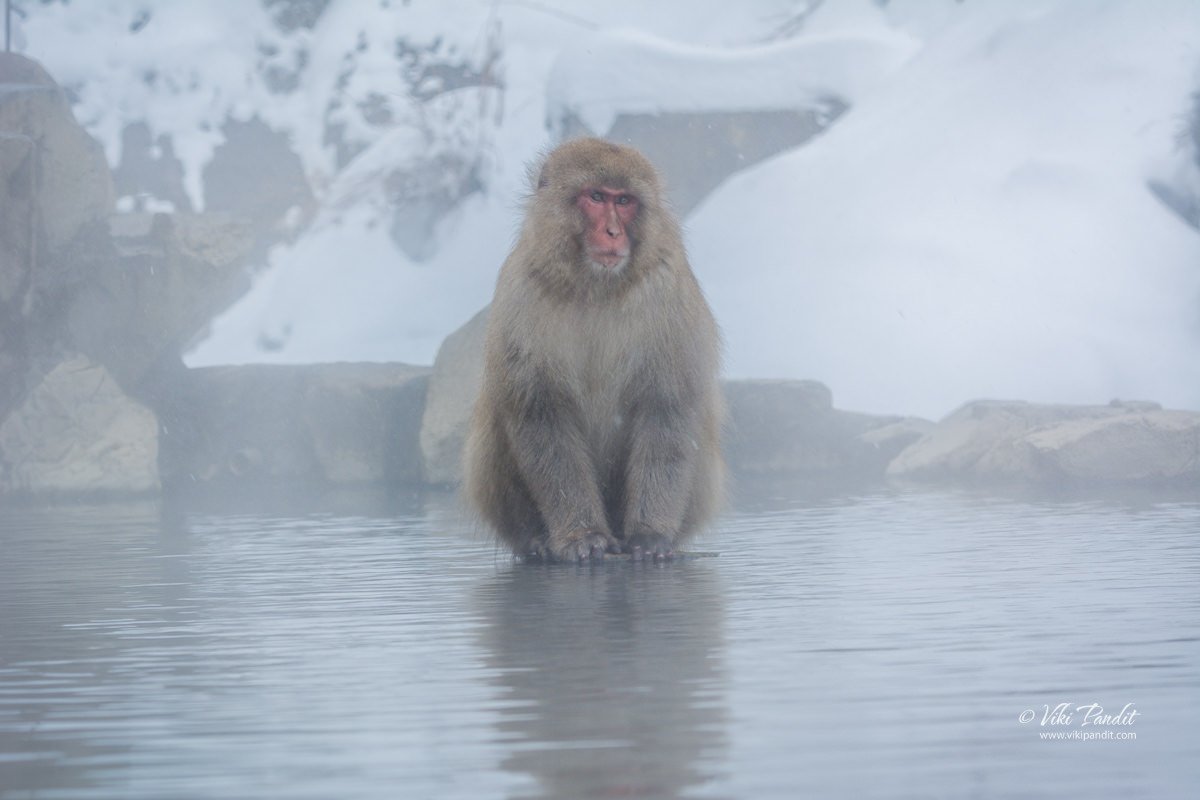
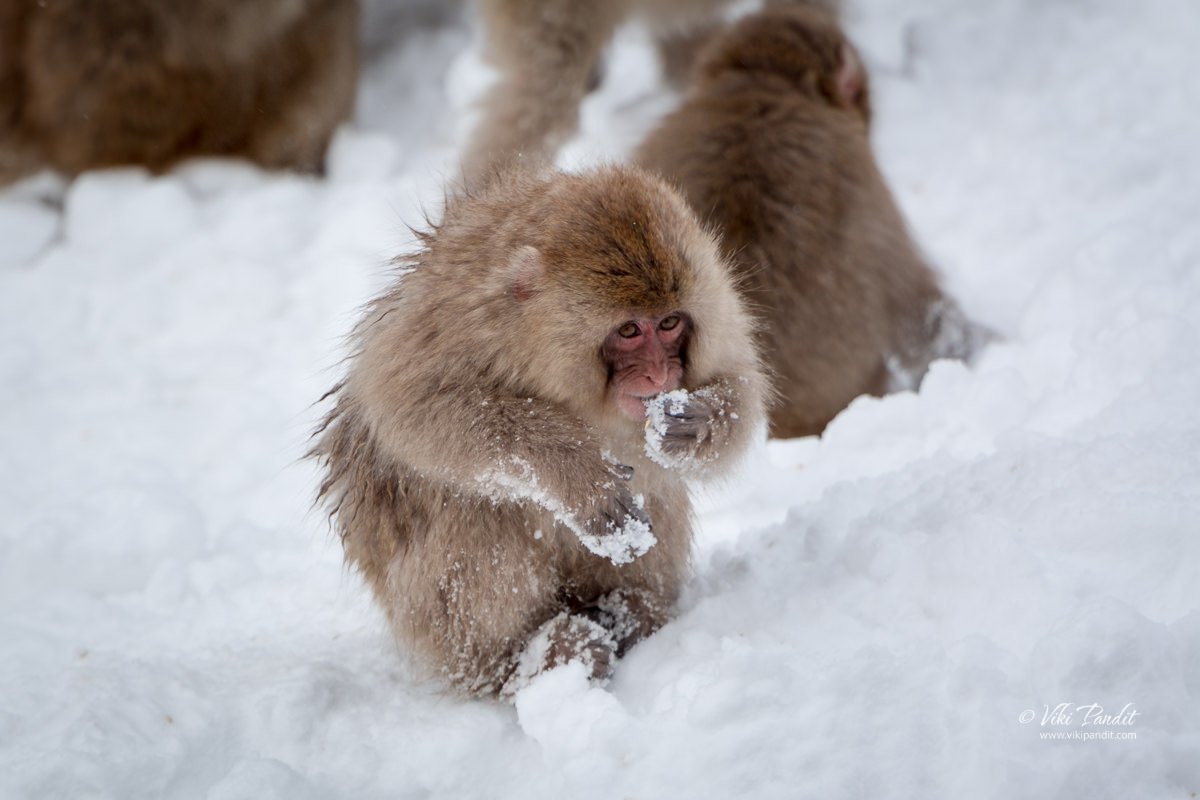
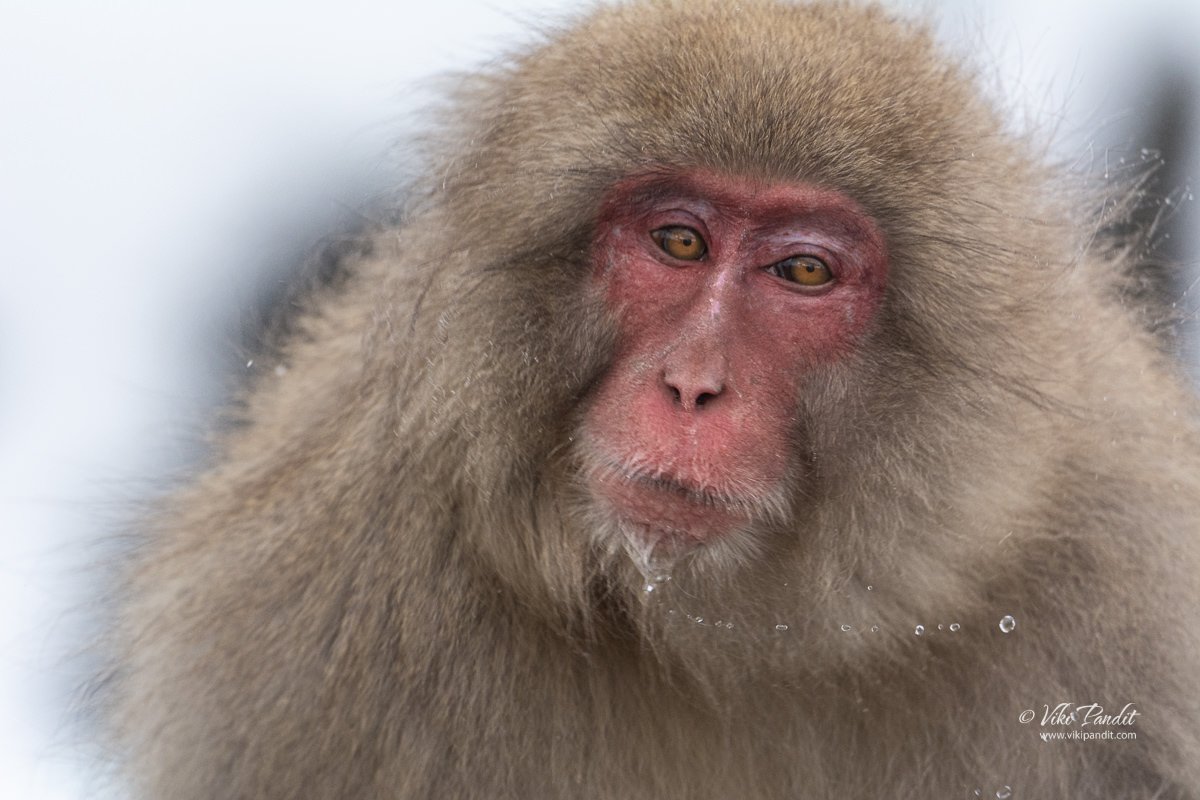

I also visited this Temple in August 2024. It is really a wonderful Temple which requires more time to see all the details. Narayan dear park and these temples are worth to see. My Indian friend has described very well. I am also writing the things which I saw during my Japan visit and preparing a book for Marathi readers’ Chala jag phirya ‘